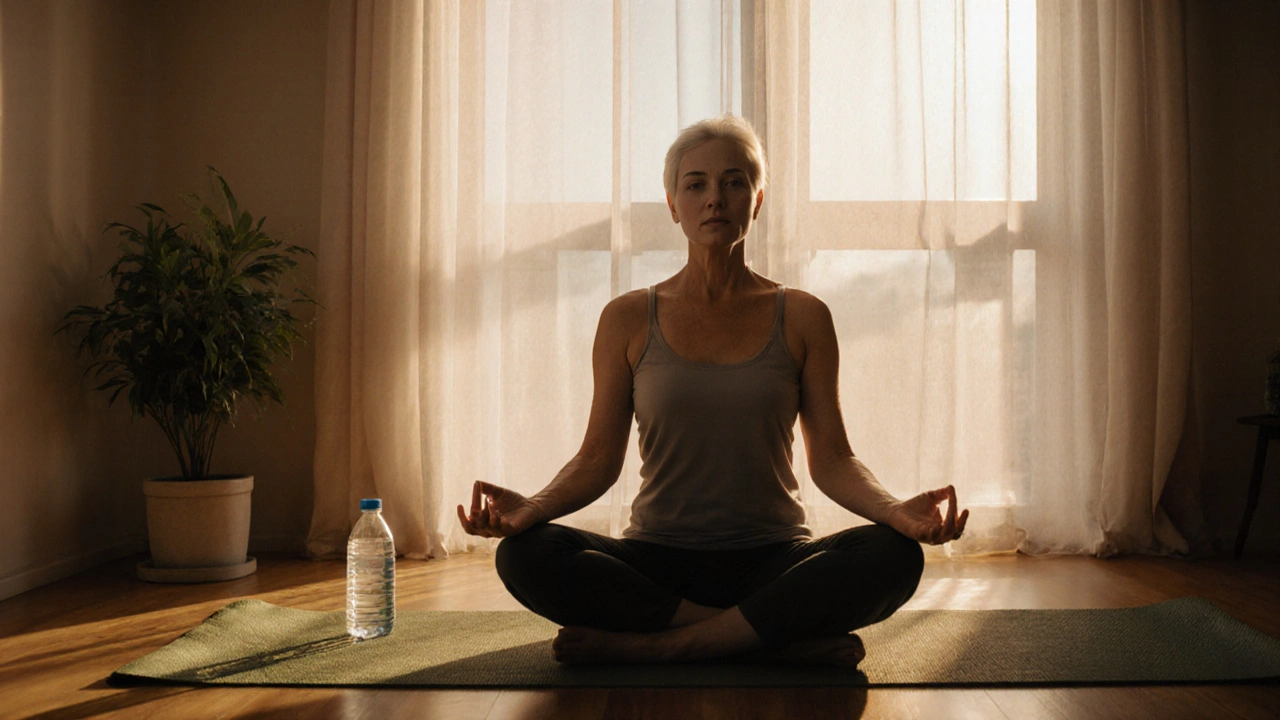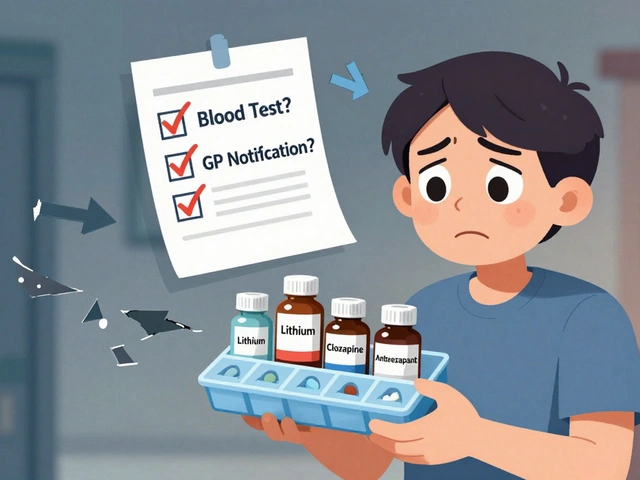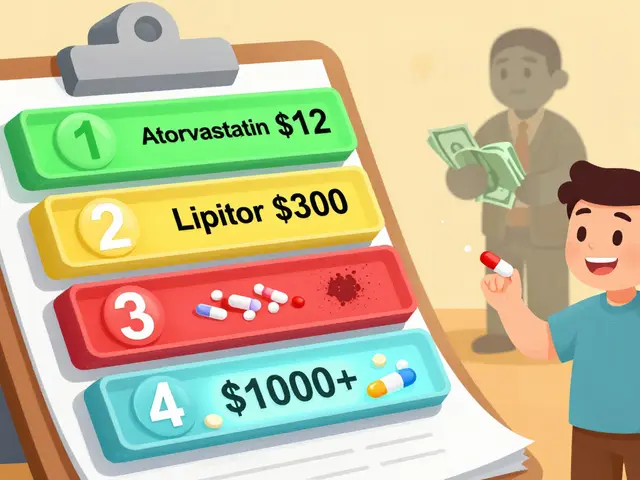Vestibular Health: Your Complete Overview
When talking about Vestibular Health, the system that keeps you steady, detects motion, and maintains balance. Also known as balance system health, it relies heavily on the Inner Ear, the sensory organ that sends motion signals to the brain. Disruptions often show up as Vertigo, a sudden sensation of spinning or dizziness, which can severely impact daily life. To restore function, many turn to Vestibular Rehabilitation, a set of exercises designed to retrain the brain's balance pathways. Together these elements form a network: vestibular health encompasses balance disorders, vertigo influences vestibular health, and the inner ear provides the critical signals needed for recovery.
Most people experience at least one balance‑related issue in their lives. Common culprits include benign paroxysmal positional vertigo (BPPV), labyrinthitis, and vestibular migraine. BPPV occurs when tiny crystals shift in the semicircular canals, leading to brief but intense spinning sensations. Labyrinthitis is an inflammation of the inner ear that brings both vertigo and hearing loss, while vestibular migraine mixes migraine headaches with chronic dizziness. Each condition tests the vestibular system in different ways, yet they all share the same underlying need: accurate detection of head movement and proper brain integration.
Diagnosing these problems starts with a detailed history and a series of specialized tests. Audiologists may perform clinical bedside maneuvers like the Dix‑Hallpike to trigger BPPV symptoms. More advanced tools include video head impulse testing (vHIT), which captures eye movements to assess canal function, and vestibular‑evoked myogenic potentials (VEMPs) that evaluate otolith organ health. These assessments map out where the signal chain breaks down, allowing clinicians to pinpoint the exact source of instability.
Treatment pathways are as varied as the disorders themselves. For BPPV, simple repositioning maneuvers such as the Epley can clear the displaced crystals in minutes. Labyrinthitis often requires a short course of steroids or antivirals, paired with anti‑nausea meds. Vestibular migraine benefits from migraine prophylaxis drugs and lifestyle tweaks like regular sleep and stress control. Across the board, vestibular health improves dramatically with vestibular rehabilitation exercises, which challenge the brain to use alternative sensory cues—vision and proprioception—to keep you upright.
Why does managing vestibular health matter? Poor balance can lead to falls, especially in older adults, reducing independence and increasing medical costs. Even mild dizziness can cause anxiety, limit work performance, and affect driving confidence. Early recognition and tailored therapy restore confidence, reduce injury risk, and enhance quality of life. For athletes, musicians, and anyone who relies on precise motion perception, maintaining optimal vestibular function is a performance‑critical factor.
Below you’ll find a curated selection of articles that dig deeper into specific medications, therapies, and research findings related to vestibular health. From comparisons of thyroid drugs that can indirectly affect balance to detailed looks at ear‑related infections, each piece adds a piece to the puzzle. Browse the list to discover practical tips, evidence‑based treatments, and the latest insights you can apply right away.
How Yoga Helps Manage Vertigo - Benefits & Simple Poses
Discover how yoga can calm vertigo symptoms, the best poses for balance, and a safe routine to integrate into daily life, all without medication.
Read More





